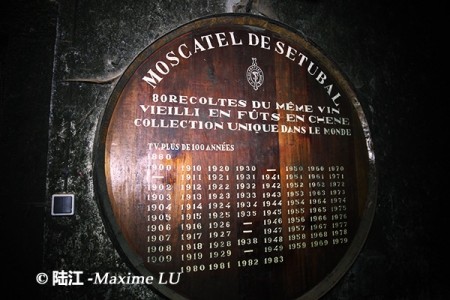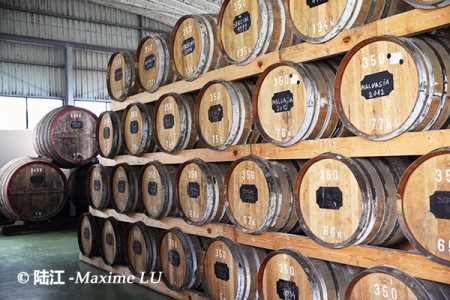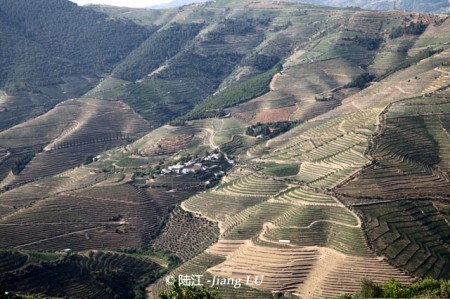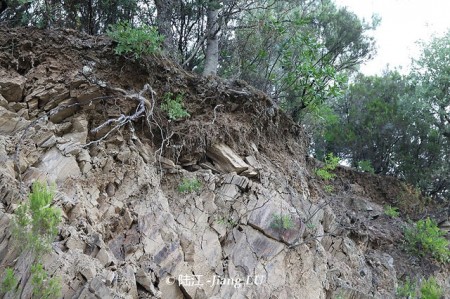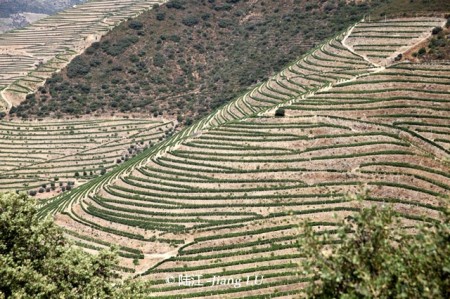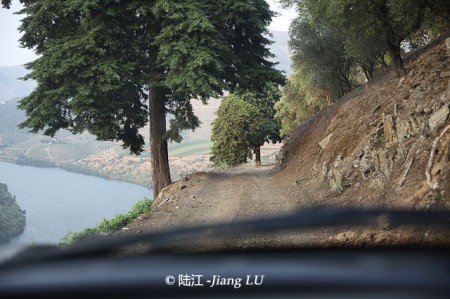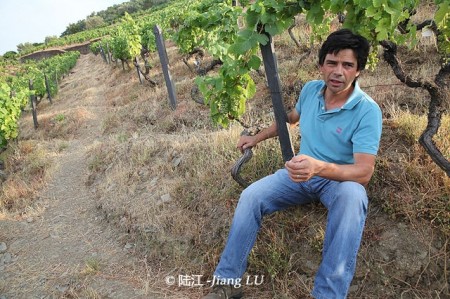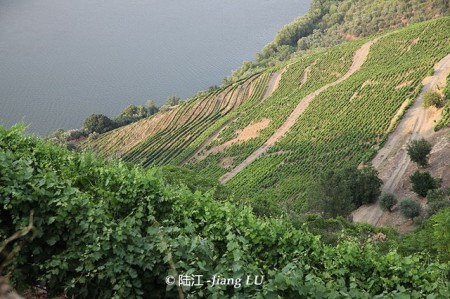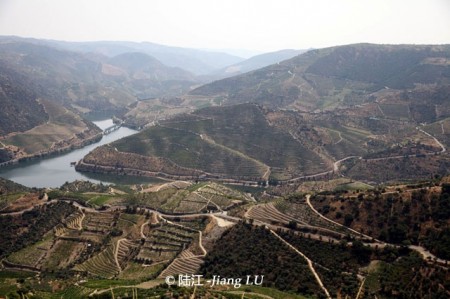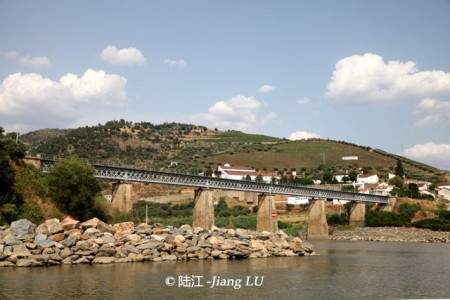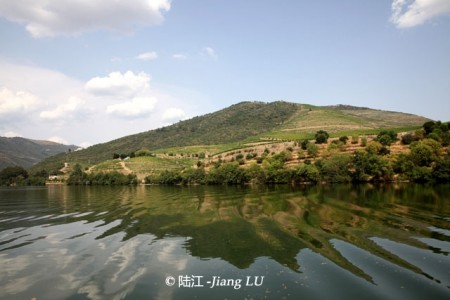陆江(Jiang LU-Maxime)
本文版权属于Prowine China,转载请标明出处“Prowine China”
对葡萄牙葡萄酒的认知,绝大部分消费者还停留在波特酒上。这个位于欧洲大陆西南位置的沿海长条状国家,事实上是个葡萄酒的强国,沿海产区主要受海洋性气候影响,内陆部分是大陆性气候作用区。有超过250个本土葡萄品种,葡萄牙大部分都是多品种调配酒,葡萄牙酿酒师很多是葡萄酒调配专家,这也是葡萄牙酒多样性的重要保证之一。在葡萄牙,无论就餐的餐厅的酒单还是本地的超市或是酒屋,葡萄牙本土葡萄酒占绝对主导,这庞大的内需市场是本国生产商的市场基础。
包括成名已久的瑰宝级加强型酒波特和马德拉在内,其实从北到南有不少颇具特色的产区和品种。
我有幸在过去一年内走了三趟葡萄牙产区,尤其今年5月还应邀担任了Viniportugal葡萄牙葡萄酒协会(Viniportugal将参加在上海举办的ProWine China 2014展会)主办的葡萄酒大赛的唯一中国大陆评委,6月从北到南走访了葡萄牙大部分主力产区,而且还访问了马德拉岛。这些经历提升了我对葡萄牙酒的认知和了解。在我走过的产区中有些品种,在大陆认知很少,但佳品辈出,值得选出一些和大家分享:
在葡国西北部有着著名的绿酒产区,绿酒并非与颜色有关,更多指的是其采收略早,成熟度偏低,比较清浅,新鲜,经常带有微泡。当地用到的奥瓦里诺(Alvarinho,葡国外一般叫Albarino)可以出品果味和矿物均衡,清爽复杂,富有层次的白葡萄酒上品。今年11月来上海参加ProWine China 2014酒庄有Quinta Da Lixa等。
片岩土壤,梯田特色的杜罗河产区(Douro),是法国杜丽佳(Touriga Franca),国家杜丽佳(Touriga Nacional),丹魄(Tinta Roriz,Tempranilo,南部也称Aragones)等波特酒主力三品种的种植区。在我采访时,发现当地逐渐崛起的单一品种葡萄园,和混种葡萄园的理念都各有其拥趸者,这也正是新兴和传统的主要差异点之一。
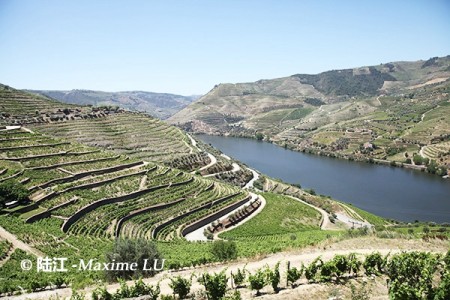
百拉达(Bairrada)产区是我最大的收获之一。尤其红葡萄品种巴加(Baga),有很好的酸度,既可做成传统雄壮饱满,也可做成细腻富有结构感,有很好的陈年实力,细腻程度甚至在国家杜丽佳(Touriga Nacional)之上。还有当地高性价比,实力相当出色的起泡酒,本区起泡酒产量占全国的65%。
在里斯本大区的布塞拉斯(Bucelas)法定产区是阿林图(Arinto)白葡萄酒的上佳产地,爽脆,细腻复杂,也有很好的集中度。
塞图巴尔(Setubal)半岛是红葡萄卡斯特劳(Castelao)的完美生长地区,成熟的单宁,加上均衡的酒体,适中的口感,可以在中国市场上有更多的发展潜力。塞图巴尔的特色,是加强型的塞图巴尔麝香葡萄甜酒(Moscatel de Setubal),芬芳甜美,经过在橡木桶陈年后会发展成复杂,饱满厚重的加强型麝香甜酒。我参观时尝到的1911年份,百年老酒,陈皮甘草蜂蜜,超级凝缩,不弱果酸居然依旧支撑上佳甜酸平衡,可惜只能在拍卖会买到,而这款酒的生产商就是去年参加了ProWine China的JOSE MARIA DA FONSECA,他家也是塞图巴尔最有代表性的生产商之一。
阿连特茹(Alentejo)产区有大量的生产软木塞的栓皮栎,但土壤和气候有着丰富的多样性,有一些实力不弱的产区,还有些老藤,可以出产高质量的酒款,本区还逐渐引进不少国际品种。
距葡萄牙本土1000公里外马德拉岛的马德拉加强酒,号称不死之酒,自是享誉全球,可惜收藏级马德拉产量有限,尤其年份马德拉(Vintage Madeira)需要培养20年才能出厂,价格不菲。所幸还有其它相对量大价平的马德拉产品。参展商有Justino’s ;Henriques & Henriques.
随着这几年葡萄牙葡萄酒在中国市场的推广,以及消费者需求的多样性,中国在去年已成为继安哥拉,美国,加拿大和巴西后的第五大欧盟以外的出口市场,去年销售额已达1200万欧元。而且今年在市场上的推广力度也有所加大,从面向业内专业人士的葡萄酒课程的开设,组团参加ProWine China展会,和邀请媒体到产区访问。尽管中国市场还是在受到中央政府三公限制政策的影响,但是我们惊喜得发现葡萄牙精品酒在中国的销量不断攀升。高品质、精致化、性价比好以及颇具市场潜力的葡萄牙葡萄酒正在被越来越多的进口酒商所认知。位于欧陆最西端的葡萄牙老牌的旧世界产酒国,过去不断致力于葡萄酒产业革新。未来,葡萄牙将为中国消费者带来更多别具一格口味的葡萄酒。
An Overview of Distinctive Wine Regions and Varieties in Portugal
Jiang LU-Maxime
As to wines from Portugal, most consumers only know Porto Wine. Portugal is a coastal and strip-shaped country in the Southwest of the European Continent as well as a major producer of wine. Its coastal regions are affected by the oceanic climate while its inland regions by the continental climate. There are over 250 native varieties of grapes. Most Portuguese wines are blended with several varieties. Most winemakers in Portugal are experts in blending wine, which is another guarantee for the diversity of Portuguese wines. Native wines dominate the menus of local restaurants, supermarkets and pubs. The enormous domestic market is the very basis for local wineries.
Including the fortified Porto Wine and Madeira which are time-honoured and much-treasured, there are many distinctive wine regions and varieties from the north to the south.
Last year, I visited wine regions in Portugal for 3 times. In May this year, I was the only judge from the Chinese Mainland to the Wine Competition organized by Viniportugal (Viniportugal will attend ProWine China 2014 in Shanghai). In June, I visited most wine regions from the north to the south and even the Madeira Island. All those trips contribute to my knowledge on Portuguese wines. Some varieties I spotted during my visits, little known to people in the Chinese Mainland, produce premium wines for generations. Here I choose some to share with you:
There are some famous green wine regions in Northwest Portugal. Green wines have nothing to do with the colour but come from early harvest of grapes. Green wines are low in maturity. They are light and fresh with microbubbles. Native Alvarinho (termed as Albarino outside Portugal) can produce top white wine tinged with a balance of fruit and minerals. The aftertaste is light and complex with layers. Chateau like Quinta Da Lixa will attend ProWine China 2014 in Shanghai this November.
The Douro Valley, featured with schist soil and terrace, is one of the 3 staple regions of Porto Wines (Touriga Franca, Touriga Nacional, and Tinta Roriz, Tempranilo —— also called Aragones in the south). During my visits, I found that the philosophies of both vineyards with a signal variety and ones with several varieties have their fans respectively. That is one of the major differences between the emerging and the traditional.
I learnt the most from the visit to Bairrada. Baga, a red wine variety, can make wines with good acidity. It can produce wines to be magnificent, traditional and full as well as having a delicate structure. Wines of that kind are good for storage. Their mellowness is better than that of Touriga Nacional. There are excellent cost-effective sparkling wines in the local area. This area is home to 65% of the country’s sparkling wines.
Bucelas AOC in the Lisboa Region is home to Arinto white wine which is brisk, mellow and complex with good concentration.
Peninsula de Setubal is the perfect habitat for Castelao red wines. Their mature tannin, balanced body and moderate taste may have greater potential in the Chinese market. The signature wine of Setubal is the fortified Moscatel de Setubal, which is sweet and fragrant, complex after years’ storage in oak barrels. It is a fortified musk sweet wine of full thickness. I tasted the 1911 vintage during my visit. The 100-year wine, superbly condensed, favoured of citrus, licorice and honey, is of strong AHA but with a perfect balance of sweetness and acidity. What a pity it can only be bought at auctions. Its maker is JOSE MARIA DA FONSECA which attended ProWine China last year. They are one of the representatives in Setubal.
The Alentejo region has an abundance of cork oaks which are to produce corks. The soil and climate are diversified here. There are vieilles vignes in some areas with edges, which contribute to superior wines. Quite a few overseas species are increasingly introduced in this region.
Madeira Fortified Wine, dubbed as Immortal Wine, is produced on the Madeira Island, 1,000 km from Mainland Portugal. Though it is well-renowned in the world, there is a very limited production of AAAAA Madeira. The making of Vintage Madeira, in particular, shall last for 2 decades, so the pricing is staggering. Fortunately, there is a large supply of other low-priced Madeira. Exhibitors include Justino’s and Henriques & Henriques.
With the publicity of Portuguese wines in the Chinese market over the past years and the diversified consumer demand, China became the 5th largest export market outside the EU after Angola, the United States, Canada and Brazil in 2013. The sales hit 12 million Euros last year. This year, more efforts have been devoted to the publicity like offering wine courses to professionals, recruiting delegations to ProWine China and inviting media people to visit wine regions. Though the Chinese market is constrained by the restrictive policies of the Central Government (for reducing the consumption of public funds on official receptions, vehicles and overseas trips), we are surprised to see that the sales of premium Portuguese wines are soaring. Portuguese wines, high-qualified, elegant and cost-effective with considerable market potentials, are gaining favour by wine importers. Portugal, on the west tip of the European Continent, is an Old World wine maker for a long time. In the past, the country was always a renovator in the wine industry. In the years ahead, it will bring about more distinctive wines for Chinese consumers.
